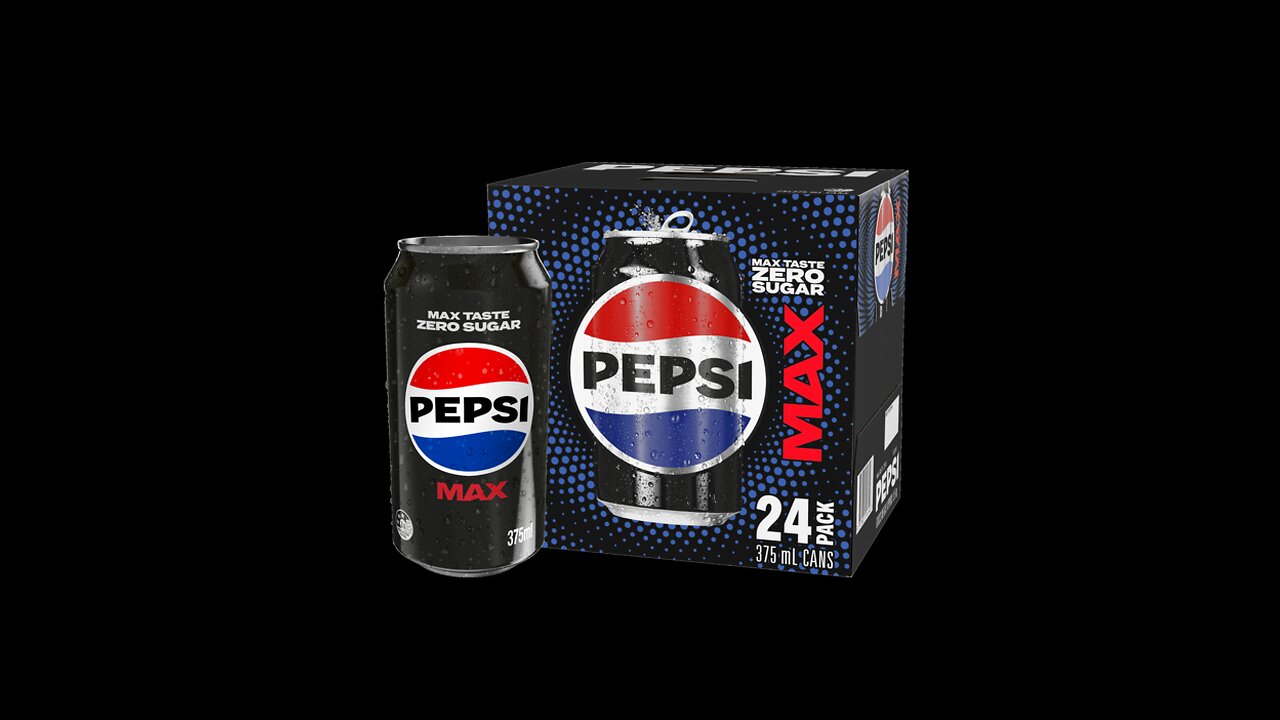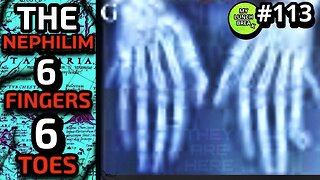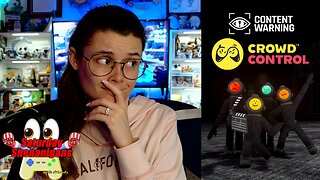Premium Only Content

FULL VIDEO start to finish of Pepsi Max.
(from Chinahh, 2018)
"Foodborne nanoparticles (NPs) have drawn great attention due to human health concerns. This study reports the detection of the presence of fluorescent NPs, about 5 nm, in two of the most popular beverages, Coca-Cola (Coke) and Pepsi-Cola (Pepsi). The NPs contain H, C and O, [three elements with a tunable emission] and with a quantum yield of 3.3 and 4.3% for Coke and Pepsi, respectively. The presence of sp3-hybridized carbon atoms of alcohols and ethers bonds was confirmed by NMR analysis."
"The biodistribution study in major organs indicated that the NPs were easily accumulated in the digestive tract, and they were able to cross the blood-brain barrier and dispersed in the brain."
https://pubmed.ncbi.nlm.nih.gov/29261040/
NMR = nuclear magnetic resonance
carbon atoms = carbon quantum dots
From Koc University in Turkey and Michigan State University here in Michigan.
(2021)"Fluorescent molecules, such as fluorescent proteins, quantum dots, and organic dyes, can also be used to realize a wavelength‑selective optical interface. Organic dye molecules have been used as nanotransceiver antennas for FRET‑based molecular nanonetworks. They act as single molecular optical interfaces that receive optical control signals from an external source and non‑radiatively transmit them into a FRET‑based nanonetwork."
https://www.researchgate.net/.../357263053_Internet_of...
Optical interfacing....
"Optogenetics is an elegant approach of precisely controlling and monitoring the biological functions of a cell, group of cells, tissues, or organs with high temporal and spatial resolution by using optical system and genetic engineering technologies."
https://www.frontiersin.org/.../fbioe.2019.00466/full...
-
 2:33:51
2:33:51
John Crump Live
16 hours ago $19.75 earnedSaturday Night Main Event!
88.8K7 -
 13:57
13:57
TimcastIRL
21 hours agoTrump NUKES IRS After DOGE Investigation, OVER 9000 Employees To Be FIRED
109K166 -
 13:35
13:35
Russell Brand
15 hours agoPFIZER JUST MADE THEIR NEXT MOVE AND EXPERTS ARE TERRIFIED
131K237 -
 1:15:57
1:15:57
Victor Davis Hanson Show
1 day agoOver Here, Over There: the Russo-Japanese War and Trumpian Peace Policy
61.9K35 -
 23:55
23:55
MYLUNCHBREAK CHANNEL PAGE
1 day agoThe Nephilim Are Here
90.2K82 -
 1:00:58
1:00:58
Break The Cycle w/ Joshua Smith
12 hours ago $1.63 earnedBreak The Cycle Ep. 247: Funny Guys w/ Robbie "The Fire" Bernstein
27.1K1 -
 41:26
41:26
TheTapeLibrary
1 day ago $9.82 earnedThe Disturbing Horrors of the Trans-Allegheny Lunatic Asylum
58.7K6 -
 10:07
10:07
Tundra Tactical
13 hours ago $6.57 earnedTRUMP'S HUGE GUN RIGHTS MOVE!
40K9 -
 1:53:23
1:53:23
Mally_Mouse
12 hours agoSaturday Shenanigans!! - Crowd Control - Content Warning
30K1 -
 17:24
17:24
Exploring With Nug
18 hours ago $3.65 earnedScuba Diving on Underwater Cars Searching For Missing Man!
41.3K1